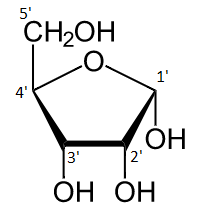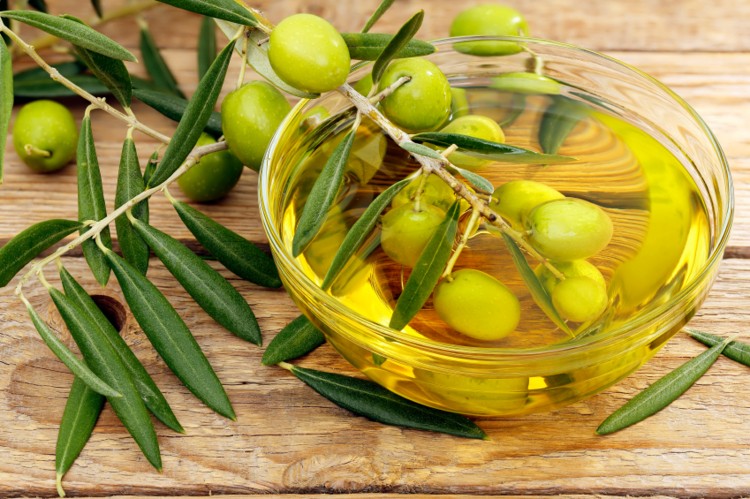|
10 questions in 10 minutes |
1. Which monosaccharide is shown here?

Mhawada, wikimedia CC BY-SA 4.0
- A. Glucose
- B. Fructose
- C. Ribose
- D. Galactose
|
|
2. Which of the following is true about glucose?
| I. Glucose is soluble in water |
| II. Glucose is osmotically inactive |
| III. Glucose has a stable structure |
| IV. Glucose yields energy when oxidised |
|
- A. I and II only
- B. I, III and IV only
- C. I and III only
- D. I, II, III and IV
|
|
3. Which is the correct description in the table below?
| |
Joining two monosaccharides |
Breaking apart a disaccharide |
| I |
Condensation reaction |
Hydrolysis reaction |
| II |
Glycosidic bond broken |
Glycosidic bond made |
| III |
Formation of lactose |
Digestion of galactose |
|
|
- A. I only
- B. I and II
- C. II and III
- D. I, II and III
|
|
4. Which of the following is not a polysaccharide?
- A. Amylopectin
- B. Glycogen
- C. Cellulose
- D. Sucrose
|
|
5. Which of the following is correct for cellulose?
| |
Glucose monomer |
Glycosidic bonds |
| A |
α |
1,4 glycosidic bonds only |
| B |
β |
1,4 glycosidic bonds only |
| C |
α |
1,4 and 1,6 glycosidic bonds |
| D |
β |
1,4 and 1,6 glycosidic bonds |
|
|
6. Triglycerides are formed from ... |
 |
- A. condensation reactions between three fatty acids and one phosphate molecule
- B. hydrolysis reactions between one fatty acid and three glycerol molecules
- C. condensation reactions between three fatty acids and one glycerol molecule
- D. hydrolysis reactions between three fatty acids and one glycerol molecule
| |
7. The following molecule can pass through a phospholipid bilayer cell membrane.

|
Which option best describes the molecule?
| A. |
Non-polar |
Fatty acid |
| B. |
Non-polar |
Steroid |
| C. |
Polar |
Steroid |
| D. |
Polar |
Fatty acid |
| |
8. Which property best describes the reason why phospholipids form bilayers in aqueous solutions?
- A. Hydrophobic
- B. Hydrophilic
- C. Polar
- D. Amphipathic
| |
9. A fatty acid with one carbon-carbon double bond (=) is called...
- A. monounsaturated
- B. saturated
- C. unstable
- D. polyunsaturated
|
|
10. Which of the following is true about triglycerides and their role in energy storage and insulation?
| I. Triglycerides have a low energy density, allowing them to release chemical energy quickly. |
| II. Triglycerides have a high energy density, allowing them to store large amounts of chemical energy. |
| III. Triglycerides have a high thermal conductivity, making them poor insulators of heat. |
| IV. Triglycerides have a low thermal conductivity, making them good insulators of heat. |
|
- A. I and III only
- B. II and IV only
- C. II and III only
- D. I and IV only
|
|
|
